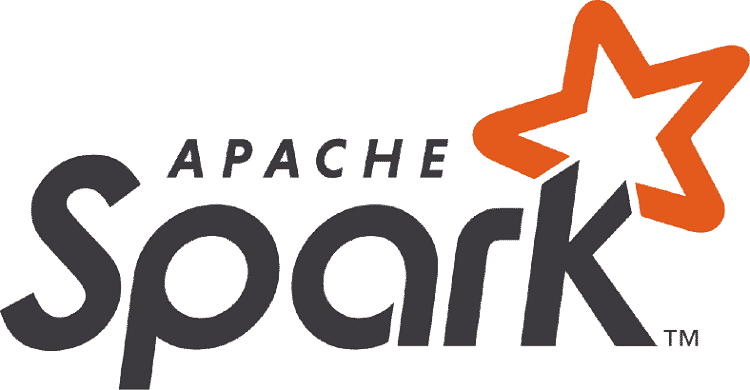Apache Spark is a data processing engine. Apart from its core engine, there are various libraries available for machine learning, graph computation, stream processing, and databases. Some of the programming languages supported by Spark are Java, Python, R, Scala and likewise. Apache Spark is mostly popular among application developers and data scientists. They incorporate Spark in their applications so data query, data analysis, and data transformation. Apache Spark is a common name associated with sensors, IoT, finance system, machine learning tasks and likewise. The following is a complete overview of what Apache Spark does.
What Is Apache Spark –
Spark is the most active project of Apache at this moment. It is referred to as the lightning-fast cluster computing. Spark is basically a data processing platform and its main selling point is its lightning fast speed. With Spark, you can run your programs nearly 10 to 100 times faster on disk and in memory respectively. It is faster than its main competitor Hadoop.
As a matter of fact, Apache Spark is ahead in the market share in comparison to Hadoop. Besides, a competition was performed when Spark outshined Hadoop completely. Not just that, it is easy to code more quickly on Spark as there are so many different types of operators available at your disposal. Therefore, learning Apache Spark can be highly beneficial considering the future market. The power of Spark lies in its ability to combine different processes and techniques.
Why Spark is Different?
There are many reasons why Spark has been able to penetrate the market so easily in the last few years. Simplicity – First of all, Spark is simpler than its competitors from a user’s perspective. The user interface is as simple as it gets. It has a wide collection of rich APIs. The interaction with data is easy and quick thanks to these APIs and most importantly, they are well-documented for the application developers as well as data scientists.
Speed – Speed is the main feature of Apache Spark for which it has become the favorite in its niche. It can operate at high speed in memory as well as on disk. It is said to be 10 to 100 times better than Hadoop’s MapReduce in different scenarios.
Support – But that is not all because it is what Spark supports that makes hell and heaven difference. Apache Spark supports so many different but popular programming languages. Naturally, the application developers are drawn towards it as it supports Java, Python, Scala and R. Besides, it has integration support for leading storage solutions. Moreover, the community of Spark is large and active.
What Does Spark Do?
First of all, Spark is capable of handling the petabyte of data at a time. These data can be distributed over a cluster of thousands of servers. Therefore, it is often used with distributed data stores.
Processing – From log data to data from sensors, an application has to handle enormous streams of data on a regular basis. The faster these data can be handled, the faster will be the application. Moreover, the data can come from multiple sources at a time. Starting from storing data to analyzing them, Spark enables the application developer to take care of the various stream processing with ease.
Machine Learning – Spark is getting extremely popular due to its application in the machine learning. The machine learning is everywhere in today’s world. Spark makes machine learning more feasible for today’s software. Spark can store data and run data queries on them repeatedly as per machine learning algorithms. Therefore, it can trigger the software to act on the identification of the trigger points from the data sets.
Analytics – Business without analytics is blind today. Spark offers interactive analytics and therefore, there is nothing to be prejudiced about. Everything is flexible enough to be mended. Spark makes it possible for the business to change with the trend and analysis of business data as per the current scenario for better decisions.
Integration – Data integration is one of the main applications of Spark. Data need to be integrated arising from different sources of a business that is they can be made sense of by analysis or generating reports. There are three main processes involved in these and they are extracted, transform and load. Therefore, the data are pulled, cleaned and standardized by Spark.
Conclusion –
Most of the popular technology vendors have been sporting Spark over Hadoop. IBM and Huawei have invested a lot in the technology of Spark and there are many startups coming up based on Spark only. Databricks is a popular end-to-end data platform that is now powered by Spark. The major vendors of Hadoop like Cloudera, Hortonworks, and others have been moving to Spark for the last few years. As a matter of fact, the Chinese tech giants Tencent and Baidu have started to run Spark-based operations. Even the companies from different sectors like finance and pharma are starting to prefer Spark for data analysis platform.

